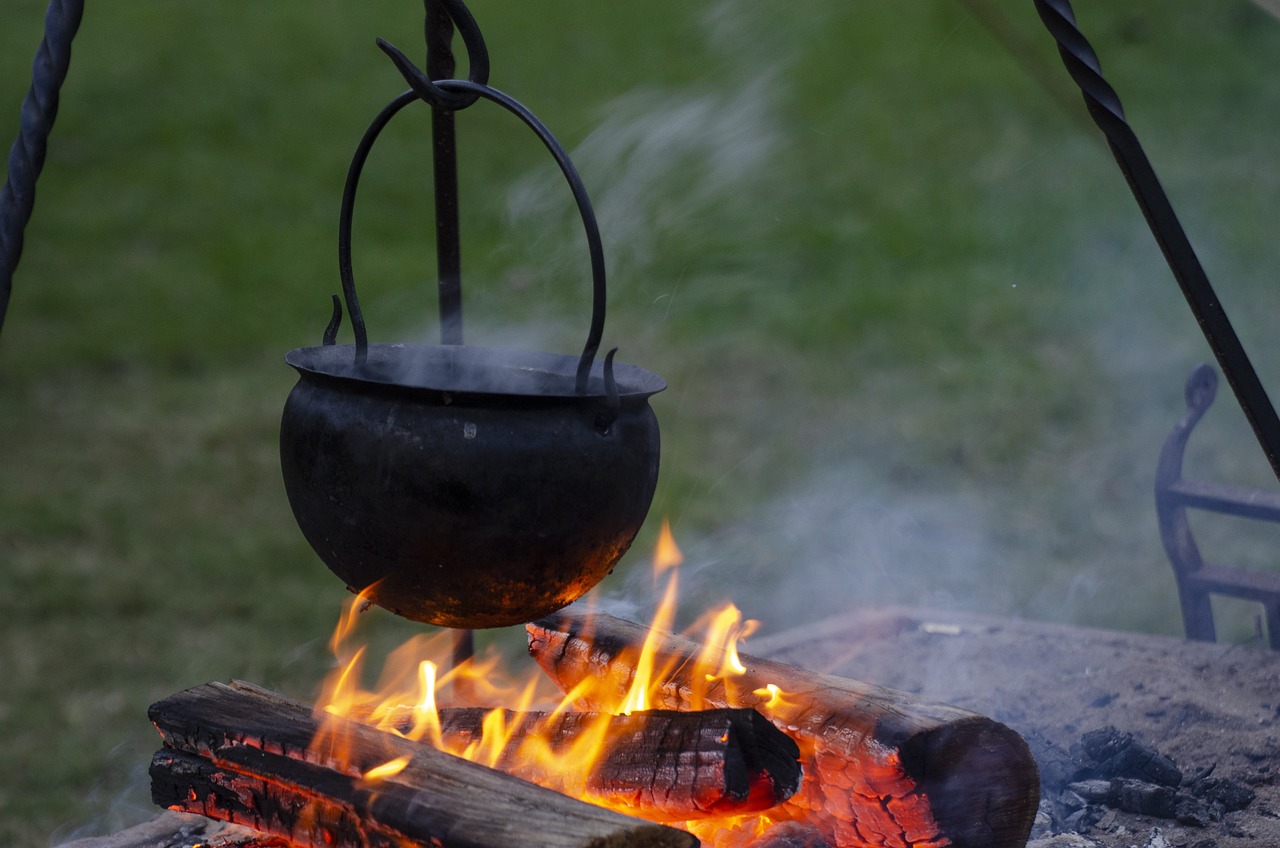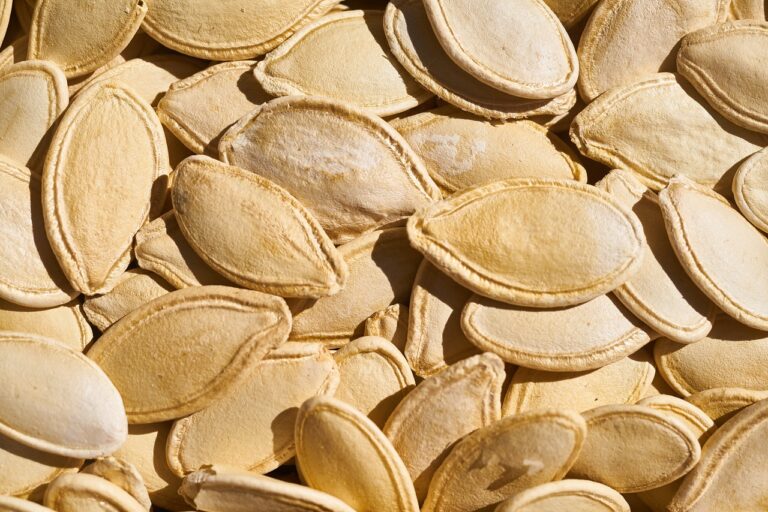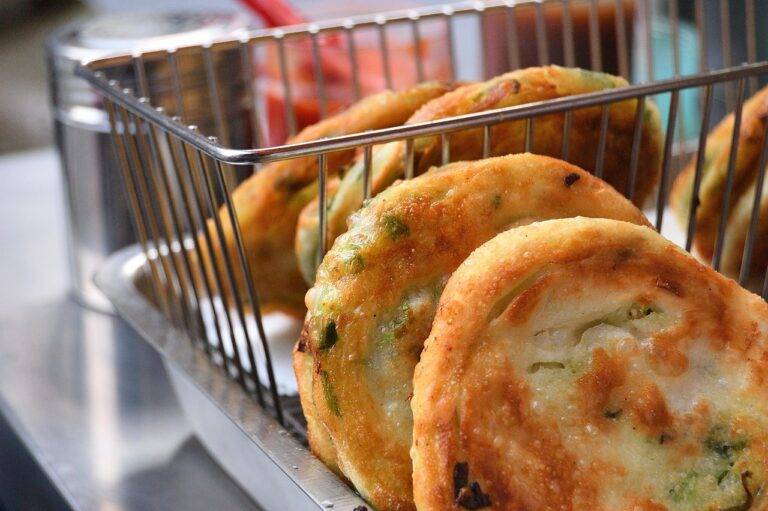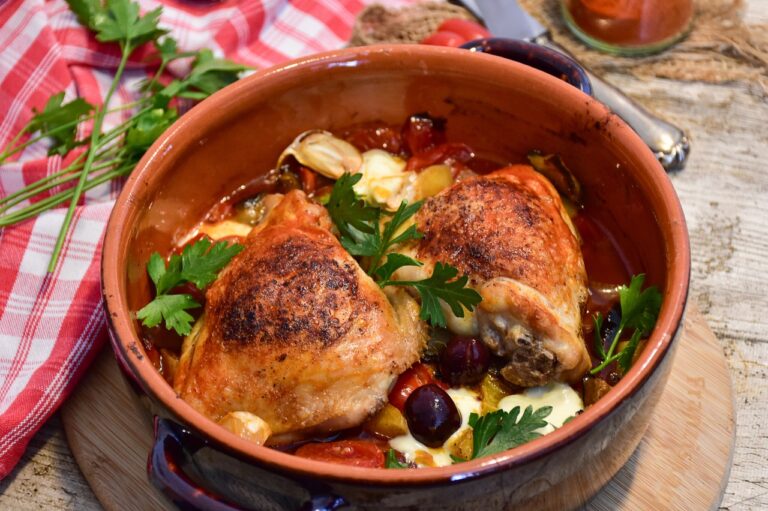The Influence of Food in Movies and TV Shows: Exploring Culinary Cinema
Culinary cinema is a genre of film that celebrates the art of food in a visually captivating and emotionally evocative manner. It goes beyond the mere act of eating, delving into the cultural, social, and even political aspects of food. By showcasing the preparation, presentation, and consumption of food on screen, culinary cinema aims to tantalize the senses and evoke a visceral response from the audience.
Through the use of sumptuous visuals, intricate recipes, and sensory storytelling, culinary cinema transports viewers into a world where food takes center stage. Whether it’s a gourmet masterpiece lovingly crafted by a meticulous chef or a humble meal shared among friends, food in these films serves as a powerful storytelling device that conveys emotions, relationships, and themes in a unique and compelling way. Culinary cinema invites us to savor not just the flavors on screen, but also the rich tapestry of human experiences that are intimately connected to the food we eat.
Depiction of Food Culture
In the realm of culinary cinema, food culture plays a pivotal role in shaping the narrative and setting of a film. Through the depiction of diverse culinary traditions, audiences are transported to different corners of the world, experiencing unique flavors and cultural practices. Food serves as a mirror reflecting the societal norms, values, and traditions of a particular community, allowing viewers to explore the rich tapestry of global cuisine.
Moreover, the representation of food culture in films goes beyond just showcasing dishes on screen. It delves deeper into the emotional connections and memories associated with food, highlighting how meals can serve as a common thread that unites individuals across various backgrounds. By incorporating food as a central element in storytelling, filmmakers are able to tap into universal themes of love, family, and identity, creating a sensory experience that resonates with audiences on a profound level.
Use of Food as a Storytelling Device
Food has a unique ability to convey emotions, traditions, and relationships within the context of storytelling. It serves as a powerful vehicle to deepen the audience’s connection to the characters and plot. From a simple family meal to an elaborate feast, the way food is prepared, shared, and consumed can reveal nuances about the characters’ personalities and their cultural background.
In many films, food acts as a metaphor for larger themes such as love, loss, and identity. The choice of ingredients, the process of cooking, and the act of eating can symbolize complex emotions and pivotal moments in the characters’ lives. By incorporating food into the narrative in a meaningful way, filmmakers can evoke sensory experiences that resonate with the audience on a profound level, making the storytelling more immersive and memorable.
• Food can convey emotions, traditions, and relationships in storytelling
• It deepens the audience’s connection to characters and plot
• The way food is prepared, shared, and consumed reveals nuances about characters’ personalities
• In films, food often acts as a metaphor for larger themes such as love, loss, and identity
• Ingredients choice, cooking process, and eating act symbolize complex emotions
• Filmmakers can evoke sensory experiences through meaningful incorporation of food in narrative
What is culinary cinema?
Culinary cinema is a genre of film that focuses on the depiction of food and its role in society, culture, and storytelling.
How does food culture play a role in storytelling?
Food culture can provide insight into a character’s background, beliefs, and relationships, adding depth and dimension to the story being told.
Can you give an example of food being used as a storytelling device in a film?
In the movie “Ratatouille,” the protagonist’s passion for cooking and creating dishes reflects his journey towards self-discovery and acceptance.
Why is food often used as a metaphor in storytelling?
Food is a universal experience that can evoke emotions, memories, and connections, making it a powerful tool for conveying themes and messages in a story.
How does the use of food in storytelling enhance the viewer’s experience?
By incorporating food into the narrative, filmmakers can engage multiple senses, creating a richer and more immersive viewing experience for the audience.







